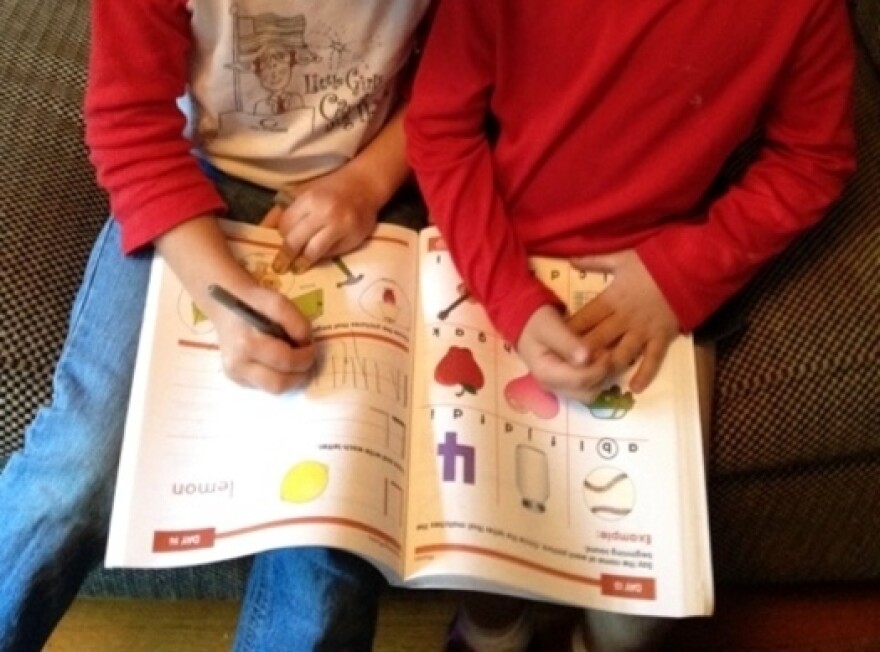The federal government has been measuring poverty the same way since the 1960's. It does not take into account where a family lives and does not adjust for inflation. Child advocate Terry Brooks says it is so out of date it no longer defines poverty.
He says a new report, released today by the Annie E. Casey Foundation, provides a more realistic look at the problem.
Brooks, executive director of Kentucky Youth Advocates, says the new data confirms safety net programs and tax policies are helping lift families out of poverty.
"It's so easy to be cynical about public supports and government programs in 2015," he says. "This report reminds us that many of those programs work and the report amplifies that they work especially well in places like Kentucky."
According to the Casey Foundation report, over a three year period, from 2011 to 2013, government supports cut the child poverty rate in America nearly in half, from 33 percent to 18 percent, lifting about 11 million children above the poverty line. The impact was even greater in Kentucky, lowering the percentage of kids living below the poverty line from 38 percent to 15 percent.
That's 225,000 kids, which Brooks says is a clear message to state lawmakers that tax breaks for working families work.
"For instance, if the federal Earned Income Tax Credit pays big dividends for families a state earned income tax credit would do the same," he says. "The same is true about a child and dependent care tax credit."
There are estimates that child poverty costs society about $500 billion a year in lost productivity and earnings, along with health and crime-related costs.
The government's poverty index sets a standard of $24,000 for a family of four, no matter where they live. The Casey Foundation's associate director for policy reform and advocacy Laura Speer says in some areas of the country the real poverty line is double that amount.
"We know this is a really important measure and so we need to get better being able to track how many kids are living, really, in economic deprivation in our country," she says.
Despite the progress, the Casey Foundation report finds that the resources don't go far enough because 13 million children nationwide still live below the poverty line.




